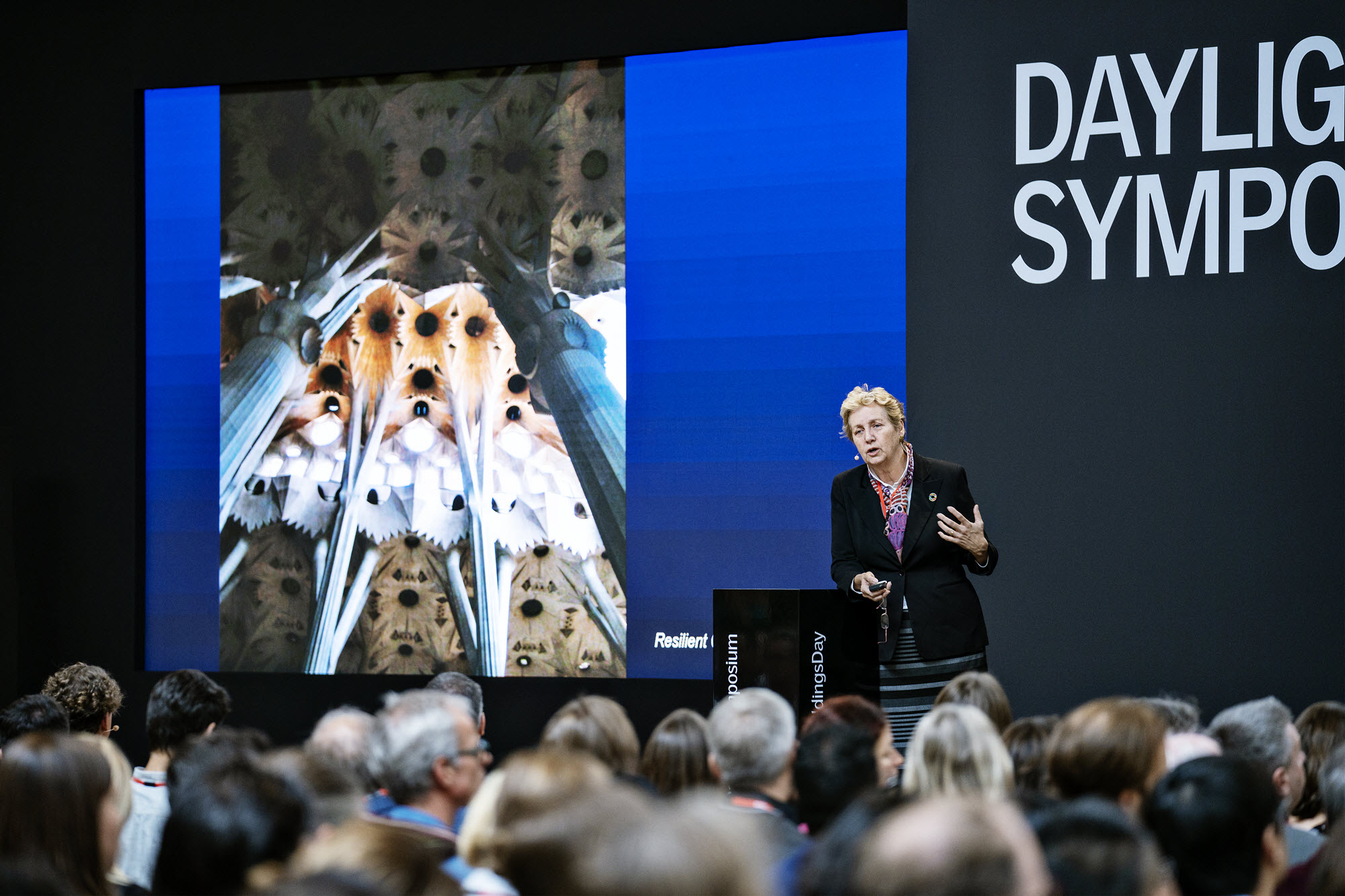Housing Well-Being:
An introduction Part I

Category
Health and Well-being
Author
Moritz Fedkenheuer
Bernd Wegener
Photography
Thekla Ehling
Source
D/A Magazine #23 2015
Share
Copy
Over the decades, architects, scientists and engineers have developed ever more refined criteria on how to achieve optimum conditions for well-being in buildings. Hardly anyone, however, has so far asked those that matter the most: the occupants themselves. In the following articles, the sociologists Bernd Wegener and Moritz Fedkenheuer describe an approach to evaluating housing well-being that starts with people’s attitudes and experience rather than with predetermined quantitative parameters. Furthermore, the authors present the most important outcomes of two recent research projects initiated by the VELUX Group. In a nutshell, these can be summed up as follows: daylight and fresh air are key ‘ingredients’ of well-being at home. But while users are generally aware of this, they often underestimate the effect that these resources have on their health.
The Housing Well-being Inventory:
Understanding How People Interact With Their Homes
To create optimum conditions for people’s well-being in buildings, designers have so far mainly relied on a limited set of quantitative parameters such as temperature or indoor air humidity. Yet a broader approach is needed, which is based on an evaluation of residents’ individual attitudes to the buildings they inhabit. The Housing Well-Being Inventory is such a concept, which could allow for a better understanding of the interaction between buildings and their residents.
In order to avoid dangerous climate change, we have to reduce long-term energy consumption and greenhouse gas emissions in all sectors of our society. As space and water heating in residential buildings account for more than a quarter of our energy consumption, the residential sector plays a key role. Furthermore, residential buildings are among the most inert elements of the energy system. Typically, it takes decades between construction and the first major refurbishment. What we build today strongly determines the energy consumption of the future. Therefore we need to convince today’s homeowners and -builders of the value of energy-efficient refurbishment and help them rethink their behaviour to live in a more energy-efficient manner.
With this in mind, it is very unfortunate that, for the last few years, the public discourse about low-energy buildings has mainly focused on their environmental benefits, and mostly left out the occupants, their needs and concerns. Many people are sceptical about technical innovations such as modern insulation, mechanical ventilation or home automation, and hesitate to integrate them in their homes. Their concerns are based on health, functional and aesthetical reasons. There is a lack of communication and a lack of information on that topic. What are the consequences of these energy modernisations for the residents? How do houses, in particular highly engineered energy-efficient houses, perform socially and psychologically? What level of subjective well-being do these houses convey? How can we integrate new technical possibilities in a way that improves the liveability and the satisfaction of the occupants? We are convinced that the residential buildings of the future shouldn’t only serve the environment but also bring a benefit to the people. With the Housing Well-Being Inventory (hwbi), our approach to a better understanding of the interaction between buildings and their residents, we hope to find answers to these questions.

“It is unfortunate that, for the last few years, the public discourse about low-energy buildings has mainly focused on their environmental benefits, and mostly left out the occupants, their
needs and concerns.”
Housing well-being seen in a wider perspective
Like engineers, our task as social scientists in this field of research is to evaluate buildings. But while well-established procedures exist to measure physical parameters such as energy savings, indoor climate conditions and life-cycle costs, there are no instruments we can rely on when it comes to analysing the user’s perspective or the housing well-being. While there are defined ‹ranges of comfort› with respect to temperature and light, air quality and acoustics that practitioners take for granted, there has been little empirical research on what residents actually experience and how they evaluate their housing environment in reality. The study of these aspects is only in its initial stages, both in terms of the availability of data and the development of theory. Therefore our first goal was to uncover the underlying structure of housing well-being in energy-efficient homes and develop a multi-faceted measurement instrument that respects the complexity of this topic. The Housing Well-Being Inventory, which we have been working on for the last three years, can serve as a standard for the measurement of the subjective quality of housing. Instead of only quantifying comfort in a building (traditionally defined by a narrow set of parameters such as temperature or co2 levels), our approach is a more holistic one that includes further aspects, such as technical controllability, health or social interaction.
Our work is built on existing approaches, such as post-occupancy evaluation (poe), and tries to enhance them to a wider perspective. Although some of these approaches have already existed for around two decades, they still focus mainly on traditional comfort parameters and fail to take the entire scope of the research subject into account. From their point of view, it is usually taken for granted that particular physical building parameters have positive effects on residents’ well-being. We do not doubt that there are ranges of comfort that should be achieved in a residential building, but we want to study the human-home-interaction from a more holistic perspective, respecting the subjectivity of housing. In this, we are navigating uncharted waters. Empirical research on what residents actually experience and how they evaluate their housing environment in reality is rare. This is particularly true with regard to low-energy buildings and new technologies, as well as the effects these have on the well-being of the residents and their interaction with their homes.
The development of the Housing Well-Being Inventory
In order to obtain a conceptual understanding of the study object, it seemed reasonable to have a multi-component view of housing well-being as a multi-dimensional construct, and to conceive it in terms of traditional sociological attitude models. In this way, housing well-being is understood as an individual mental evaluation of objects, which is reflected in different dimensions. Furthermore, as an attitudinal phenomenon, housing well-being cannot be prescribed but has to be explored by asking people about how they experience their environment and how they act within it. Since the development of theory and the data pool available for understanding the human-home interaction are still in their early stages, and in order to increase the contribution towards theoretical considerations, the study area was carefully explored and an initial empirical study was conducted in the framework of the velux Model Home 2020 project.1 We then used the results of our two-year exploration efforts to design a multi-dimensional device for measuring housing well-being: the hwbi. The purpose of this instrument is to have a yardstick for assessing the quality of a house and its components as it is seen through the eyes of the users.
On our way to achieving this goal, we had to deal with several methodological problems that cropped up when measuring housing well-being. First of all came the compilation of the relevant dimensions (selection problem). To this end, we used several qualitative methods, such as personal interviews and detailed group discussions, to find out about the different aspects of housing. In the context of the velux Model Home 2020 project, we analysed data from six different families in six different houses and from five different cultural backgrounds. This heterogeneity offered us a wide and eclectic view on the study object. We compared the families’ statements, experiences and descriptions, and extracted several dimensions of housing well-being that seemed to be influential and relevant. The selection of dimensions is therefore user-based and derived from empirical research rather than from a normative decision a priori.
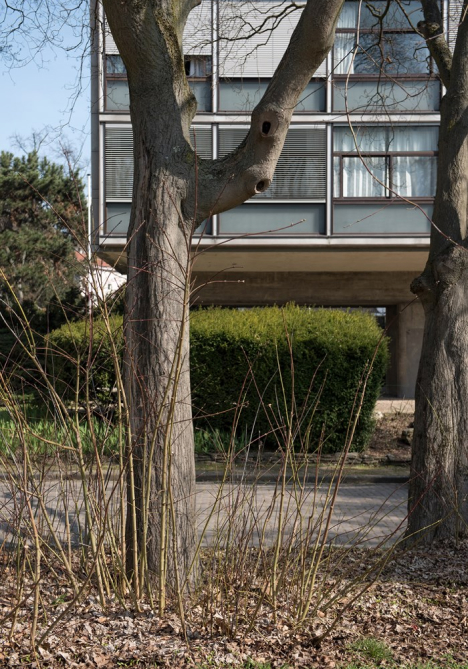
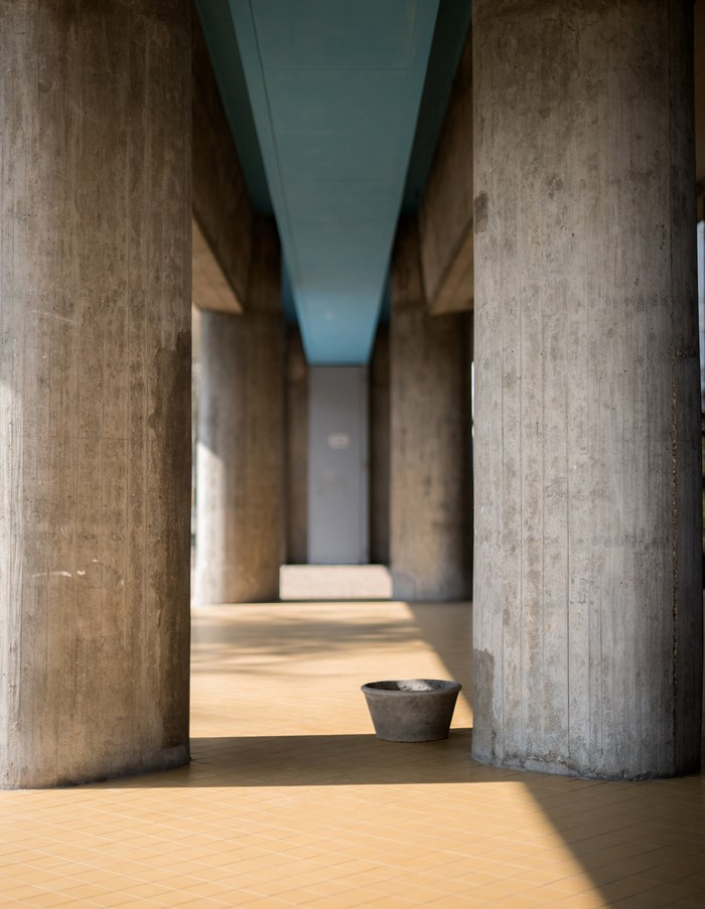
Extracting the dimensions of housing well-being was the first step, making them measurable had to be the second. Because housing well-being is a theoretical concept, as are its dimensions, we had to develop a measurement method to make these unobservable, latent constructs visible (measuring problem). Therefore we designed a questionnaire that not only asks for overall evaluations but also includes several indicators that measure people’s reactions to the building for each dimension. We also took care that the questionnaire covered affective (sympathetic nervous responses; statements of affect), cognitive (perceptual responses; statements of beliefs) and conative (overt actions; statements concerning behaviour) elements, as is common in attitudinal studies.
As indicators, we use several items (statements) relating to the residents’ perception of and their interaction with the building. They cover a wide range of issues from “I feel at home in my apartment” to “My apartment is in need of renovation” and “Where I sleep, there is too much light.” In the course of the evaluation, the residents rated each statement in the questionnaire on a five-point scale ranging from
“I fully agree” to “I fully disagree”. By using multiple indicators (at least three items for each dimension) we reduce potential measurement errors and make our results more valid. The set of indicators, which we had developed based on our experiences from the Model Home 2020 project, was subsequently tested in a first pilot study with about 50 participants. This standardised survey helped us to reduce the number of relevant dimensions and indicators in a next step, using factor analysis. This procedure is the standard routine for constructing psychological tests and survey questionnaires.

So far, we have identified ten core dimensions of housing well-being: emotional attachment, size, modernity, brightness, neighbourhood, heating control, energy consumption, humidity, sleeping comfort and ventilation.
The ten dimensions of housing well-being
So far, we have identified ten core dimensions of housing well-being:
emotional attachment, size, modernity, brightness, neighbourhood, heating control, energy consumption, humidity, sleeping comfort and ventilation.
These dimensions can be measured with a questionnaire that consists of 29 items and that forms the core module of the hwbi. Furthermore several periphery modules were added to the measuring instrument in order to assess the appendant features of well-being. In all, there are seven modules: (1) Housing satisfaction (core module), (2) Environmental awareness and behaviour, (3) Taste/home-living styles, (4) Engineering preferences/handling of technology, (5) Architectural properties of the house, (6) Health and (7) Socio-demographics of occupants. Measurement devices for the latter six modules were readily available and only had to be adapted to suit the study subject.
Outlook and further steps
Over the next few months, we will conduct two more validation studies of the hwbi core and periphery modules. Financed by velux Germany and by our own resources, we will test the instrument on a wider sample of about 300 respondents by conducting a telephone survey representative for the German population of 18 years and above. We will also apply the core module to the occupants of the buildings that have been erected in the context of the EffizienzhausPlus network initiated by the German Federal Ministry of Transport and Digital Infrastructure (bmvbs). This study will comprise roughly 150 respondents and will be carried out in collaboration with the Berliner Institut für Sozialforschung.
After finalising the hwbi, the next step will be to go out in the field and start collecting data. This is needed not only to test our instruments but also to find out about the underlying structure and weighting between the dimensions of housing well-being (aggregation problem). We want to learn more about how the dimensions affect each other and how they determine the overall evaluation by the residents. This can be achieved by using complex statistical methods such as factor and regression analysis. In the end, the general idea is to have an index for the subjective quality of houses based on weighted hwbi dimensions.

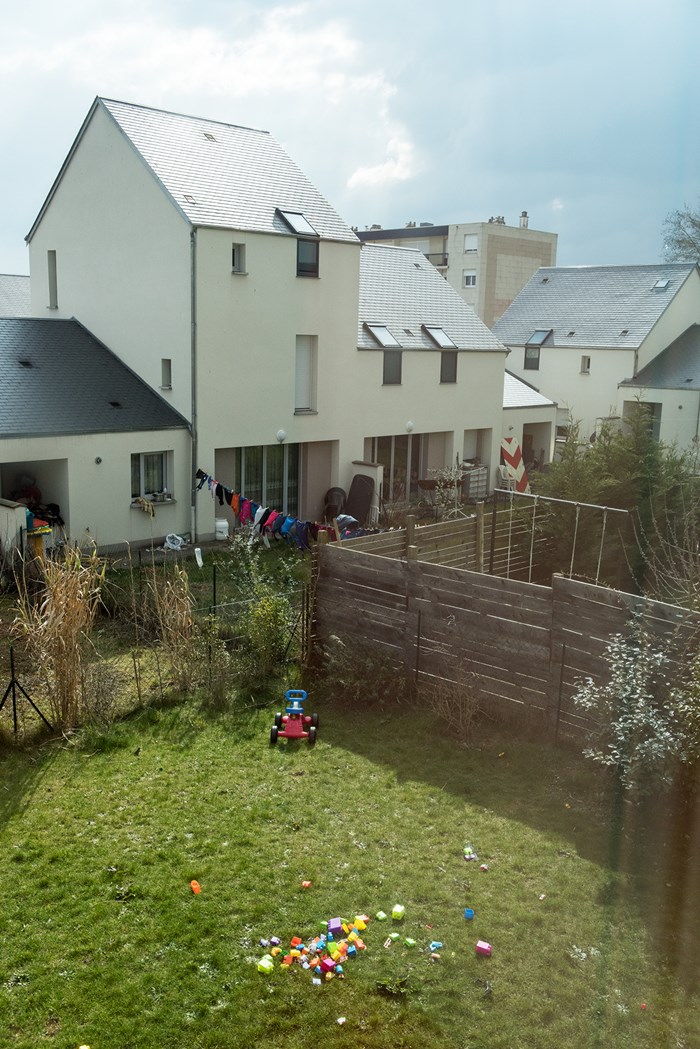
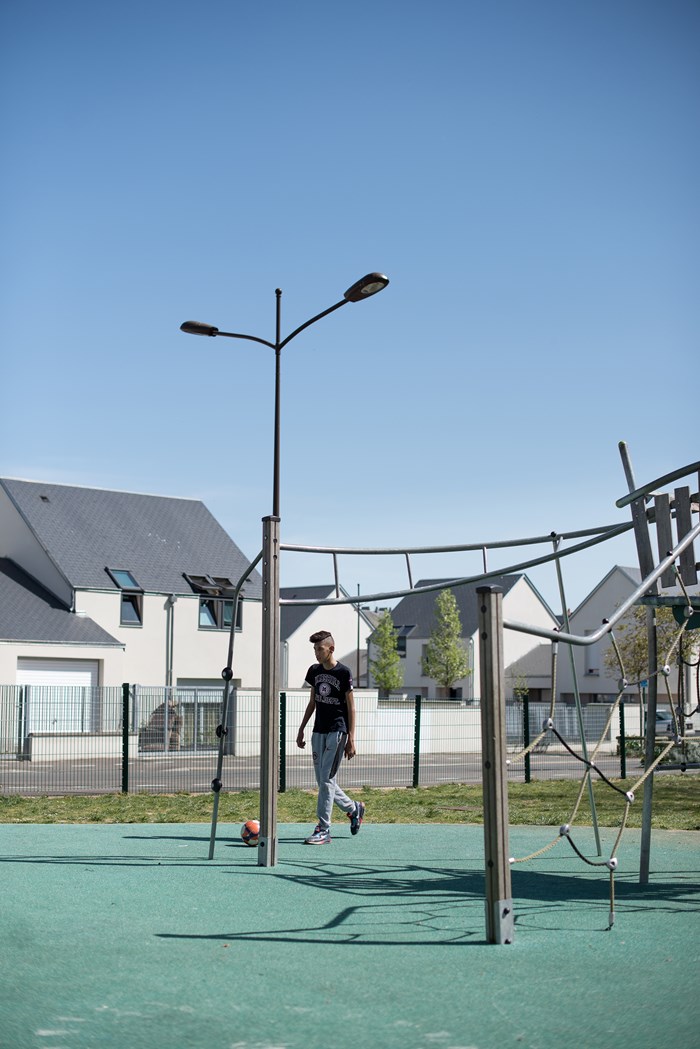
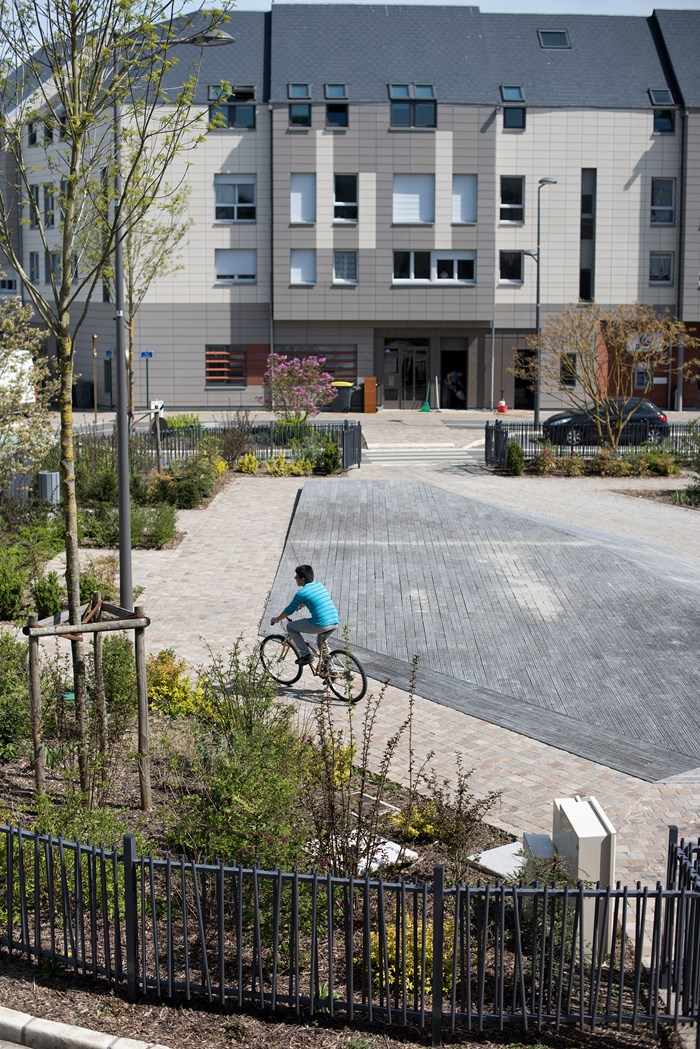

Depending on the approval of a research proposal to the Federal Institute for Research on Building, Urban Affairs and Spatial Development (bbsr) that has been submitted by the non-profit association AktivPlus e. V., we will implement the complete inventory to the residents of selected energy-efficient houses in Germany. In addition, the research project will comprise a large-scale telephone survey of the general German population (n = 1500) so that it will be possible to compare the results of energy-efficient and standard homes. Furthermore, with this general enquiry, we are able to make statements on the condition and configuration of the German housing situation from the users’ perspective: How does housing satisfaction differ among social groups and building types? What are people’s current needs and requests in terms of housing? How do modernisation measures affect the residents’ perceived mental and physical health?
With this data in hand, we will be able to concretise the benefits of technical and sustainable improvements from the users’ perspective and to identify ways to turn homes into better places for living. We can also take a deeper look into certain social groups and learn more about how the dimensions of housing well-being and the human-home-interaction might differ between them. We hope to find out what people really value – in general but also in particular, depending on the social conditions they live in. By understanding housing well-being in a holistic way, we will be better able to build sustainable houses that not only benefit the climate but also the people, and therefore will be more likely to win the support of the general public.


